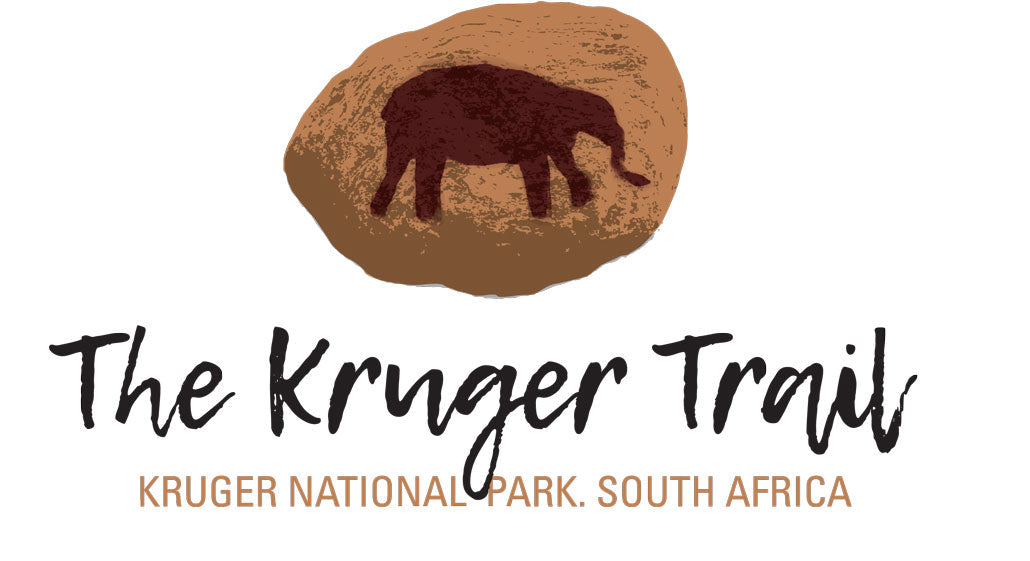
The Kruger Trail
Share
This is the ultimate South African wilderness trail! Backpack the length of Kruger National Park!
Distance: 600 km plus, divided into six legs
Beauty: 5/5
Difficulty (fitness): 8/10 (This is a challenging trail due to terrain, climate, and daily distances involved. Previous experience of multi-day backpacking is strongly recommended)
Technical rating of trail: There are no marked trails and much of the walking is either on game trails or simply roughing it through the bush. It includes some river crossings and hill climbing.
Starting at Crooks Corner on the Limpopo River in the north of the park, travellers complete their journey on the Crocodile River in the south. The trail is divided into six legs. Each leg is approximately 100 km in length and is walked in six days. Two legs are completed per year and the trail is completed in three years. You can expect to walk between 15 and 20 kilometres per day.
The emphasis of the trail is not merely on walking the distance, but on experiencing a personal and unique wilderness journey while exploring the rich natural and cultural diversity of Kruger National Park.

The trail’s theme, “follow in the footsteps of giants”, reflects not only the fact that you will quite often literally be walking in the footsteps of the Big Five, but also the rich cultural heritage of Kruger, where the history of the hunters and traders of old is still palpable.
Animal sightings are part of the experience and you share the space not only with big mammals such as lion, elephant, and buffalo but also with a rich variety of birds, reptiles, insects, and smaller species.
The walk is an unsupported backpack trail and participants must be self-sufficient and carry their own provisions and equipment for six days. Water is sourced from natural springs and rivers.
Overnight spots are selected each night in suitable areas in the bush with no set campsites or ablution facilities. Participants carry a hiker’s tent for safety at night. A small fire may occasionally be lit, but it is not used for food preparation. A no-trace approach is followed to ensure minimal impact on the wilderness.

Groups are guided by two fully qualified and experienced trail guides who provide a rich nature experience and share their knowledge of the bush. They are armed but prefer to rely on their understanding of animal behaviour to avoid danger and navigate tricky situations.
Safety is an important consideration in the planning of this trail. In addition to experienced guides, Kruger National Park rangers are on standby for emergencies. The guides carry radios and satellite phones to ensure reliable communication when needed.

Each leg is an eight-day experience. The group meets in the appropriate Kruger rest camp on the Sunday afternoon. The trail starts at sunrise on the Monday and ends late afternoon on the Saturday. The group sleeps in the same rest camp again on the Saturday evening and departs for home on the Sunday morning.
Each leg of this trail is special and unique. The ecosystems, geology, and character of each section differ from the next. This is actually six distinct adventures packed into one magnificent experience.

Leg 1: Crooks Corner to Vlakteplaas
This is the wild heart of Kruger, with magnificent baobabs, njala trees, rugged sandstone formations, and very little human infrastructure. You travel through areas of the park that cannot be accessed by vehicle. This area is a favourite among birders for its rich diversity and rare sightings. If you are lucky, you may encounter roan antelope or Lichtenstein’s hartebeest. You will drink from a holy spring and overnight near the mountain fortress of an ancient chief.

Leg 2: Vlakteplaas to Mopani
Entering the Mopani veld, you begin to appreciate the rich diversity and beauty of these often-overlooked regions. You’ll cross watersheds between several isolated and wild river systems, where apple leaf, jackalberry, and leadwood trees thrive. Leg Two is perhaps the most challenging section, especially due to limited water availability. This is elephant and buffalo country.

Leg 3: Mopani to Olifants
This leg is unique in that you travel alongside rivers for the entire section. Water is plentiful and attracts wildlife such as hippos, elephants, and buffalo, while the riverine vegetation supports browsers like kudu. Experience a secret waterfall and camp where two of Kruger’s largest rivers meet.

Leg 4: Olifants to Nwanetsi
Moving into the southern half of the park, you enter the grass plains around Satara. Animal sightings are frequent, and predator activity becomes more common. Expect plenty of plains game and magnificent sunrises.

Leg 5: Nwanetsi to Lower Sabie
Here you’ll encounter the spectacular scenery of the Lebombo mountain rhyolites, vast open plains filled with wildlife, and the secret watering holes that sustain them. This is prime cheetah and lion territory, and herds of zebra are a common sight.

Leg 6: Lower Sabie to Malelane
The final stretch of your journey travels through dense southern thickets and ends in the mountainous Malelane section. Here, both white and black rhino may cross your path, and if you are lucky, you might even spot wild dogs. Ancient bushman paintings mark the stories of the first people to walk this land.

How to Book
This is a wilderness trail, and to ensure its pristine character, only a limited number of trails are made available each year.
The trail cannot be booked directly but is sold through an annual auction to groups of up to eight people.
Groups gain access to the trail by purchasing the first leg at auction. The annual auction takes place in October for new groups starting the following year. Once the first leg is secured, subsequent legs are charged at a fixed rate per participant.
For more information, visit www.thekrugertrail.com or email thekrugertrail@gmail.com to register for the auction.
Use our Multi-Day Hiking Checklist to make sure you don’t forget any essentials, and review the Leave No Trace Principles to ensure sustainable enjoyment of the outdoors.
